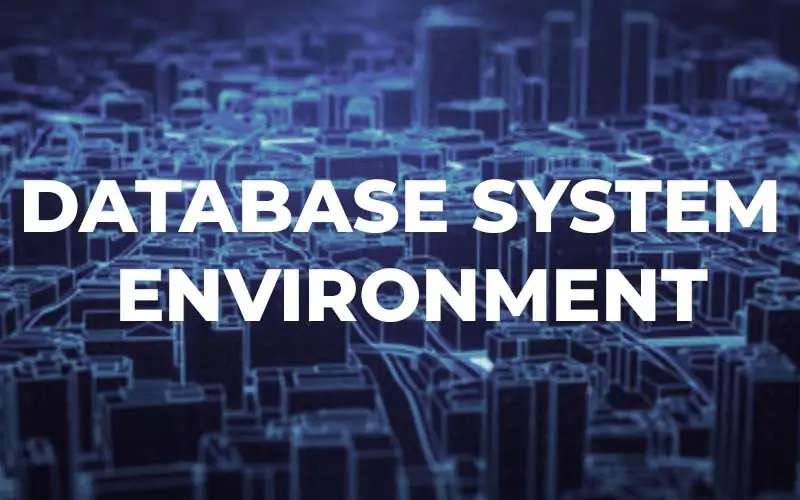What does mean by Fourth Generation Languages of Computer?
The term fourth generation language is used to describe a variety of programming languages that are more non-procedural and conversational that prior languages. These languages are called fourth-generation languages (4GLs) to differentiate them from machine languages, assembler languages and high-level languages. It should be noted that some industry observers have begin to use the term fifth-generation languages to describe languages using artificial intelligence techniques to accomplish results for users.
Most fourth-generation languages are non-procedural languages that encourage users and programmers to specify the results they want, while the computer determines the sequence of instructions that will accomplish those results. Users and programmers no longer have to spend a lot of time developing the sequence of instructions the computer must follow to achieve a result.
Thus, fourth-generation languages have helped simplify the programming process. Natural languages are 4GL that are very close to English or other human languages. Research and development activity in Artificial Intelligence (AI) is developing programming languages that are easy to use as ordinary conversation in one’s native tongue.
Advantages and Disadvantages of Fourth-Generation Languages.
There are major differences in the ease of use and technical sophistication of 4GL products. For instance, INTELLECT and CLOUT are natural query languages that impose no rigid grammatical rules, while SQL and FOCUS require concise structured statements.
However, the ease of use of 4GLs is gained at the expense of some loss in flexibility. It is frequently difficult for an end user to override some of pspecified formats or procedures of 4GL. The machine language code generated by a program developed by a 4GL is frequently much less efficient that a program written in a language like COBOL.
Major failures have been reported in some large transaction processing applications programmed in a 4GL. These applications were unable to provide reasonable response times when faced with a large amount of real-time transaction processing and end user inquiries.
However, 4GLs have show great success in end user and department applications without a. high volume of transactions to process.



